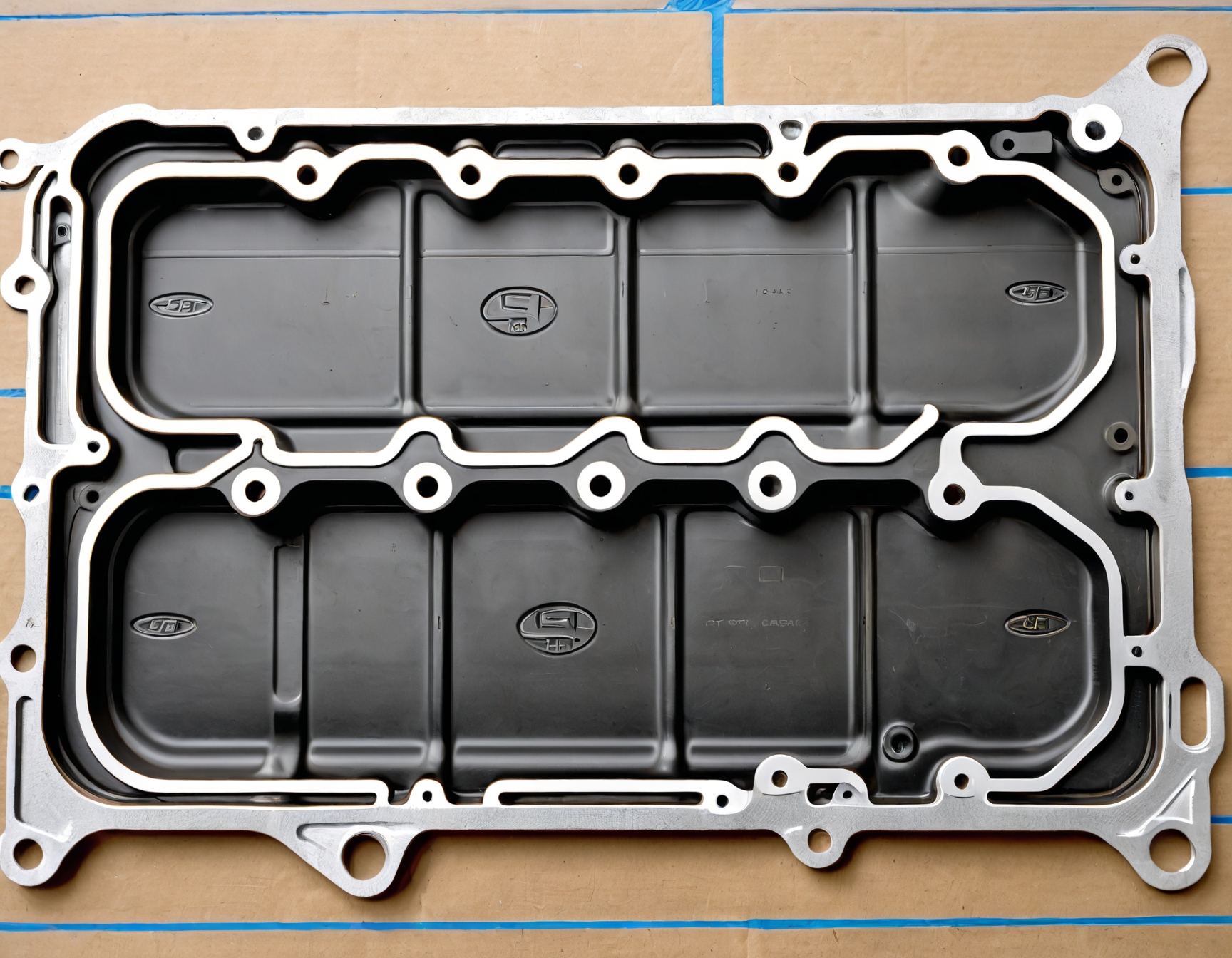Top Signs of a Failing Rock Cover Gasket: How to Identify and Fix Issues
12 September 2024Identify and fix issues with a failing rock cover gasket. Find out the top signs and symptoms to watch out for, and get tips on replacing this vital engine component.
A rock cover gasket, also known as a valve cover gasket, is an essential component of an engine. It seals the valve cover to the top of the engine cylinder head to prevent oil leaks, ensuring smooth and efficient operation. Over time, this gasket can wear out, leading to various engine problems. Recognising the signs of a failing rock cover gasket can save you from costly repairs and extensive engine damage.
Signs of a Failing Rock Cover Gasket
• Oil Leaks: If you notice oil spots on the ground under your vehicle or oil residue around the engine, it’s a clear sign that the gasket might be compromised. Oil leaks can lead to a drop in oil levels, which in turn can cause engine overheating and other severe issues.
• Burning Oil Smell: A deteriorating rock cover gasket can cause oil to seep onto the hot surfaces of the engine, such as the exhaust manifold. This results in a distinct burning oil smell emanating from the engine bay. If you notice this odour while driving or after parking, it’s time to inspect the gasket.
• Engine Misfire: Oil leaking from a faulty rock cover gasket can infiltrate the spark plug wells, leading to misfires. This can cause the engine to run unevenly, decrease fuel efficiency, and increase emissions. If your vehicle’s engine is misfiring, especially in combination with other symptoms, a worn gasket might be the culprit.
• Dirty Valve Cover: Examine the valve cover itself. If it appears dirty, greasy or has visible oil deposits, it’s a strong indication that the rock cover gasket is leaking. The accumulation of dirt and oil can also cause further damage to the engine components if left unattended.
• Decreased Engine Performance: A failing rock cover gasket can affect the overall engine performance. You might notice reduced power, sluggish acceleration, and lower fuel economy. These symptoms occur because the engine is not functioning optimally due to the oil leakage and potential contamination of other engine parts.
How to Fix Issues with a Rock Cover Gasket
• Remove the Valve Cover: Use appropriate tools to remove the bolts securing the valve cover. Carefully lift the cover to avoid damaging any other components.
• Inspect the Gasket: Check the gasket for signs of wear, cracks, or deformation. If the gasket is visibly damaged, it needs to be replaced.
• Clean the Surface: Thoroughly clean the valve cover and the mating surface on the engine to remove old gasket material and oil residue.
• Install New Gasket: Place the new rock cover gasket onto the valve cover, ensuring it is properly seated and aligned.
• Reassemble: Reattach the valve cover to the engine and tighten the bolts to the manufacturer’s specifications. Avoid over-tightening to prevent damaging the new gasket.
• Check for Leaks: After reassembly, run the engine and check for any signs of oil leaks. Ensure everything is sealed properly.
Gasketech specialises in manufacturing and supplying top-tier gaskets and sealing solutions for all industries. We are committed to providing high-quality gaskets and sealing solutions for the automotive industry. Contact us to learn more about our products and services.
Optimized by: Netwizard SEO



